5. The Devils (1971, Ken Russell)
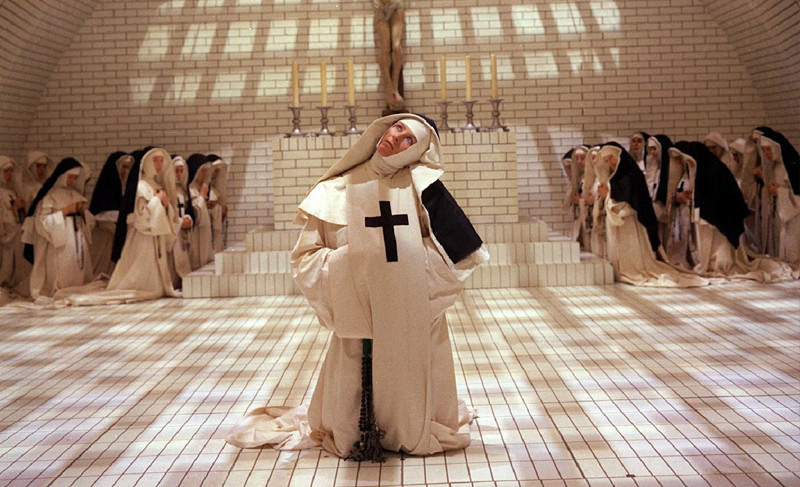
The Devils is another controversial religious film that faced heavy restrictions in not only the UK but all over the world. The film is loosely based off the story of Urbain Grandier, a priest who was executed for witchcraft after a string of supposed possessions occurred in Loudun France.
In the film we see a hunchback Nun who is suffering from extreme sexual desire due to her chastity, going into a mad state of hysteria because of it. Soon the other nuns follow in her foot steps and they begin partaking in strange and sickening acts. In the original cut of the film there is a scene of all the nuns having a naked orgy with a statue of Christ and one of the nuns masturbating with the slightly burnt femur of the recently executed Grandier. These scenes were cut out of the censored UK release of the film due to its disturbing nature and “blasphemy”.
Interestingly this film also came out in the 70s which as I stated earlier is a decade where a lot of religious films were censored. The film did an incredibly good job of presenting the medieval Catholic Church as being a tyrannical and controlling organization, whilst at the same time talking about how suppressed desires can be damaging to people. It is a film that pushed the boundaries of what was acceptable to show in a film.
4. Funny Games (1997, Michael Haneke)
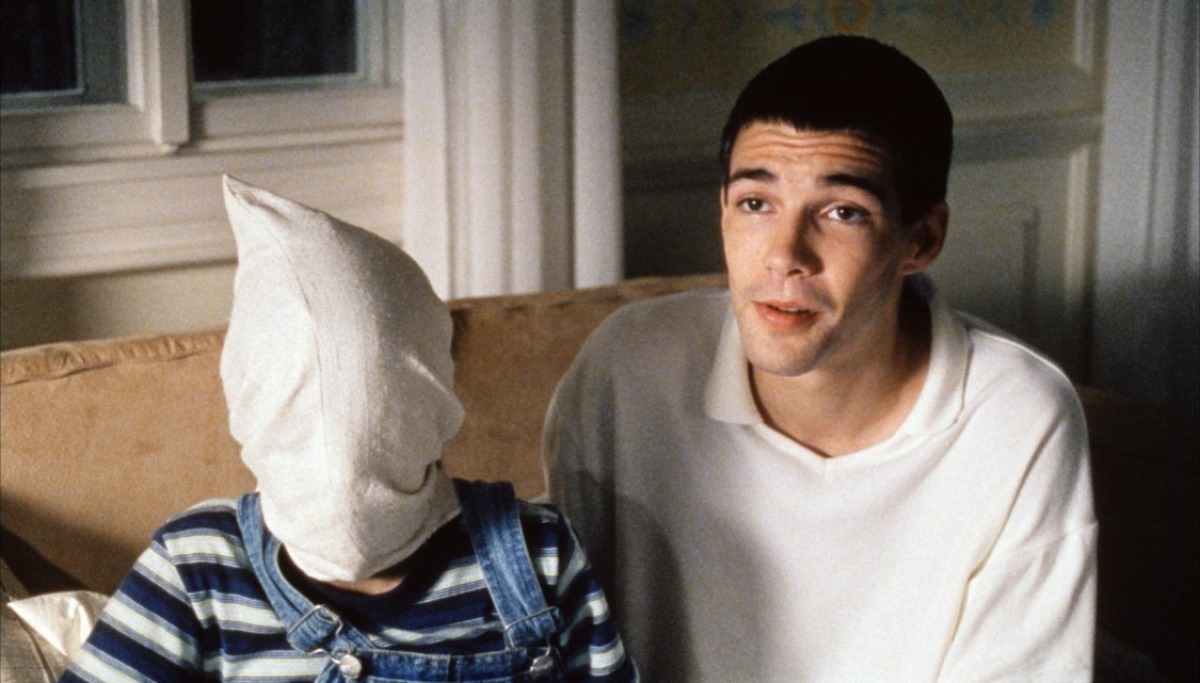
Funny Games is undoubtedly a masterpiece and was interestingly created in hostile response to Pulp Fiction (1994). Whilst Haneke was watching the movie he noticed how everyone laughed at the scene where Marvin is accidentally shot. Haneke found it disturbing that extreme violence in films was seen as nothing more than a joke so in retaliation he created a film which he chose to make as sadistic as possible.
The film absolutely revels in torturing its audience, the two killers systematically torture and kill the family in various violent ways such as shooting the child with a shotgun. The killers also brake the forth wall and interact with the audience asking them if they would like to take bets on if any of them will survive till morning. One of the most sadistic scenes is when the mother manages to take the shotgun from one of the killers and shoots him killing him.
In this moment the audience is thrilled that one of these evil murderers is killed however this celebration is short lived as it turns out that this was just a cruel joke created by Haneke to give the viewer the illusion that the family will survive, as soon as this segment happens the other killer grabs a remote and rewinds time in order to bring the other killer back to life. This time he stops the mother from grabbing the gun.
Although the film features extreme violence we never see the action only the result of the action. Near the beginning we see a scene where one of the killers breaks the father’s leg with a golf club. We see the killer swing the golf club and the father falling down but we don’t see the actual connection of the club. This is clever by Haneke as it prevents the audience from indulging in the violence and instead makes them look on in horror as the family is slowly tortured and killed.
3. Naked (1993, Mike Leigh)
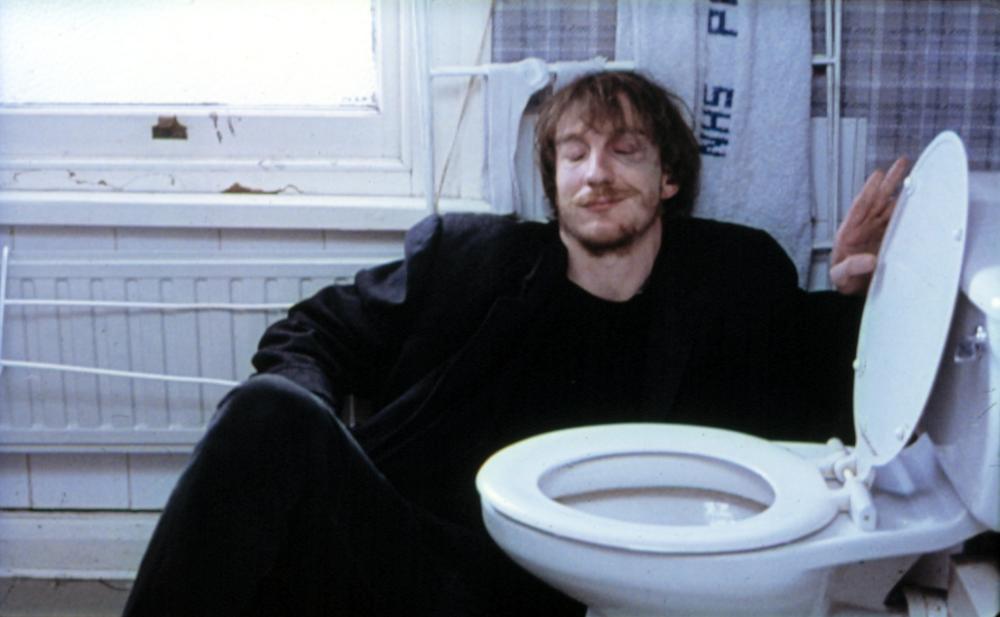
Naked is among Mike Leigh’s greatest films. It is an existentialist text that is bridled with themes of isolation and asking the question of what is our place in the universe. The film is deeply philosophical with the character of Johnny wandering the empty streets of London engaging in conversation with the people of the night.
One of the best scenes involves Johnny walking through a newly constructed building with a security guard whilst debating philosophy, doomsday and the meaning of life. The film is extremely interesting and the character of Johnny is both captivating and at the same time detestable. The shocking nature of this film comes from the abundance of abuse against women.
The film opens up with Johnny fleeing the scene of a girl he’s just raped and throughout the film we see the character of Jeremy going on a rampage of rape and abuse. Jeremy is by far the most sickening aspect of this film. He is a member of the upper class who throughout the film delights in asserting his power and dominance over the working class whilst at the same time raping and attack a number of girls.
Thematically however the character of Jeremy is fascinating as he represents the upper classes mistreatment and lack of care for the working class. His attacks on women also showcases the sad reality of what many women go through at the hands of cruel men. Despite the film excessive use of violence against women Naked is a beautifully filmed, dark and thought provoking film that is most definitely Leigh’s darkest work yet.
2. A Clockwork Orange (1971, Stanley Kubrick)
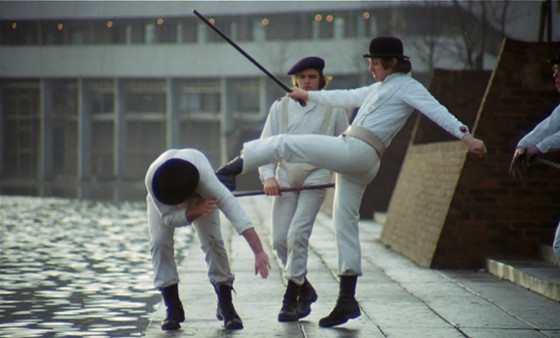
A Clockwork Orange is a film that is filled to the brim with shocking imagery. The film includes scenes of extreme violence, rape and torture. However it is so profound at conveying its themes that it had to be included on this list.
The film focuses mainly on this idea of free will. Is it moral and just for someone to be conditioned to be good? The film argues that it is extremely immoral and wrong as the person hasn’t got the opportunity to learn or change and it is taking away a key part of their humanity.
The film features a cast of intentionally over the top characters who are all equally as absurd and terrible. None of the characters in the film are moral, the new government only care about maintaining their power, the prison chief is extremely authoritarian to the point of being slap stick and Alex’s social worker Mr Deltoid a man who is tasked with helping to stop young people becoming juveniles, is implied as being a paedophile.
The film unrelentingly criticises everything from authoritarianism, to anarchism, to religion. It is remorseless in its criticism of the 1970’s world it was released in. The character of Alex is one of the most successful cases of a likable villain. Although he commits so many vile acts from murder to rape, you still end up feeling sorry for him by the end of the film.
Although the film was never banned in the UK, due to bad rep from the press, Kubrick decided to remove the film from being released in the UK. However in 1999 after Kubrick’s death the film was re-released. The world of A Clockwork Orange is an undoubtedly dystopian one where people live only for their own selfish gain.
1. Come and See (1985, Elem Klimov)
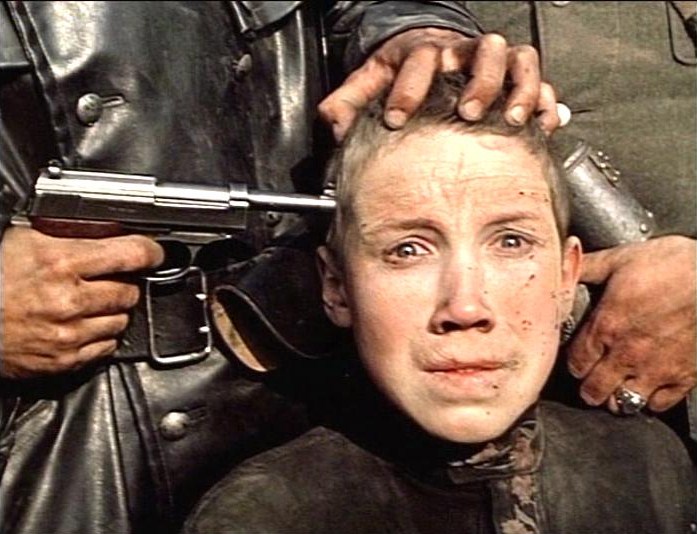
Come and See is certainly one of the best war films ever made if not the best. The film conveys the horror of World War two like no other film with its portrayal of Nazi atrocities. One of the most interesting things about the film is the main character Flyora’s progression.
At the start of the film, he is a happy and innocent young teenager who is excited at the prospect of fighting the Nazi’s. His face is full of colour and vitality and he spends a lot of the early parts of the film smiling. However as the Nazi atrocities continue, Flyora’s face and expression slowly changes until he is almost unrecognisable. The ending is so powerful as by the end Flyora is covered with dirt with bags under his eyes. His eyes are full of torment and his expression shows just how disturbed he has become.
The most upsetting scene of the film is where a group of Nazi soldiers round some villagers up into a church and then set fire to it burning everyone inside alive. The film unapologetically shows horrors such as this throughout the film making it one of the most disturbing war films. The ending is extremely powerful with the broken Flyora shooting a portrait of Hitler repeatedly, the symbolism of this is utter perfection.
Come and See is a film that is necessary as it unapologetically shows the horrors committed by the Nazi’s without feeling exploitative. Come and See is among the best war films ever made and is absolutely a must watch for any film fan as its portrayal of war is among the most harrowing and poetic every conceived in the history of cinema.
There are so many films that are fantastically crafted yet are full of extreme violence. However it is great that a large portion of these films end up being hard hitting and interesting as it really stands out from the horde of overly gory films that have no substance.